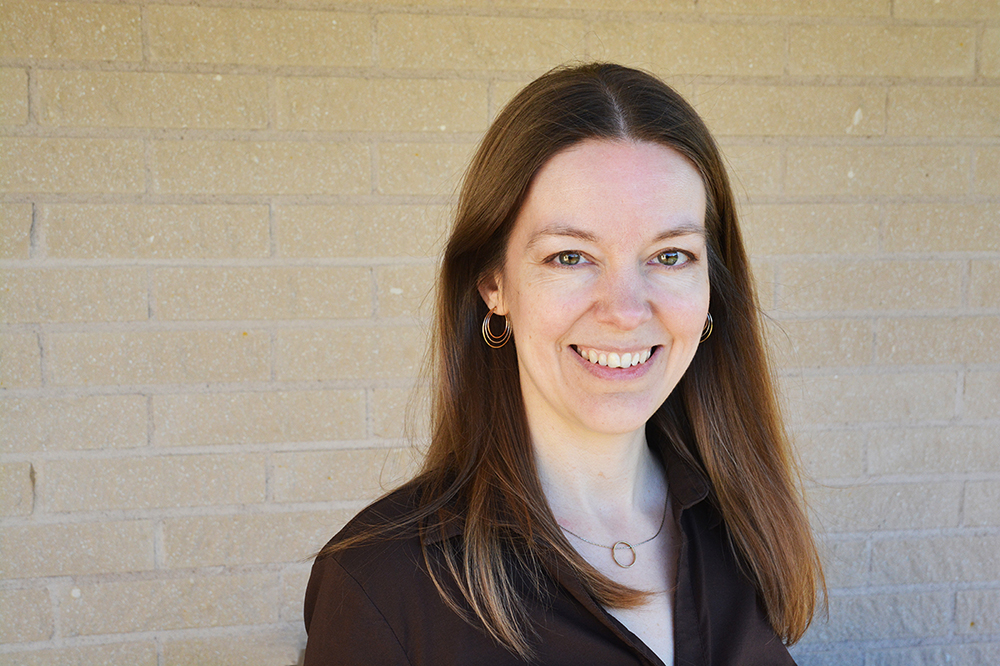Kimberly Dick Thelander is awarded the Göran Gustafsson Prize in chemistry
With the help of the microscope, nanocrystals can become new semiconductors – and “for the study of the atomic structure of nanomaterials and its characterization by in-situ electron microscopy”, the Royal Swedish Academy of Sciences awards Kimberly Dick Thelander, professor of Materials Science, the Göran Gustafsson Prize.
– Publicerad den 10 March 2023

Kimberly Dick Thelander’s research interests include new crystalline semiconductor materials.
“Actually, my research is essentially fundamental. I try to understand the processes behind how crystals are formed. If we can understand that, we can also control the process and then we can create different forms of new materials. It doesn’t have to be semiconductors, but semiconductors are interesting because there’s so much you can do with them”, she says.
The properties of a semiconductor are determined by the atoms it contains and how they are arranged. If it’s possible to change their pattern, you can create new semiconductors with completely new properties. Among other things, Kimberly Dick Thelander and the Lund University research team want to see if it is possible to form semiconductor crystals in tiny structures called nanocrystals. To study these tiny structures, they have developed a special electron microscope that uses electrons instead of light.
The Göran Gustafsson Foundation for Research in Natural Sciences and Medicine annually gives perennial large grants to researchers in the fields of mathematics, physics, chemistry, molecular biology, and medicine in Sweden. Universities and university colleges in Sweden can nominate researchers and the prize is managed by the Royal Swedish Academy of Sciences, which also hands out the awards during their formal gathering on 31 March each year. The Göran Gustafsson Foundation manages a capital of about one billion SEK. This year, the Göran Gustafsson Prize money has been increased to six million each, with SEK 300,000 consisting of a personal prize and the rest being a grant spread over three years. The money is awarded to researchers in medicine, molecular biology, chemistry, physics, and mathematics working in Sweden.
